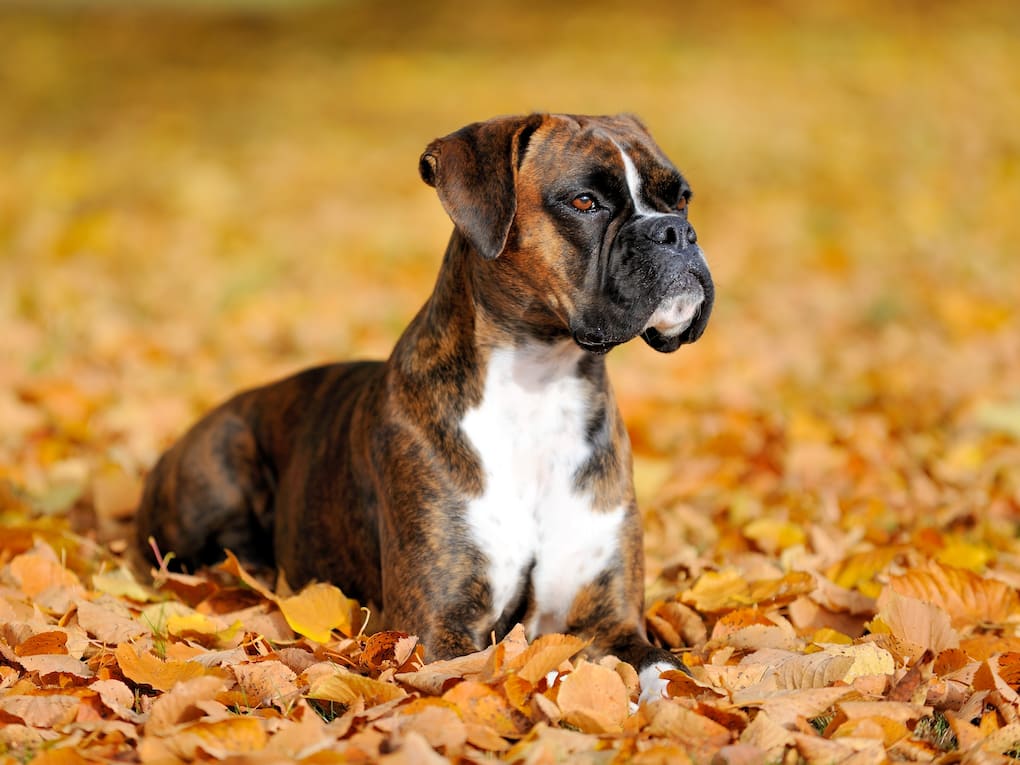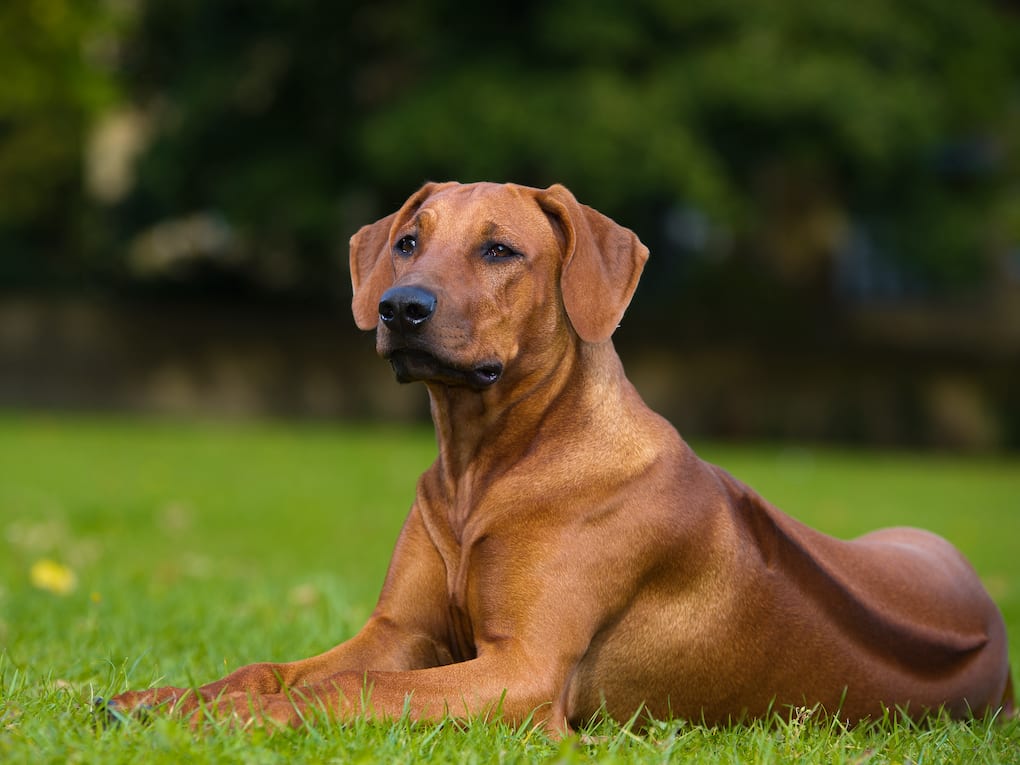There are many causes of vision loss in dogs. As dogs get older, it’s natural for their eyesight to be less sharp than it used to be. Senior dogs are at increased risk of vision loss from various age-related conditions, including macular degeneration, iris atrophy, and geriatric cataracts.
The good news is that dogs generally adjust well to slow vision loss, and it is usually painless.
Genetic factors for vision loss in dogs
Dozens of known genetic factors can also increase a dog’s risk for inherited vision loss, including those associated with the following eye diseases:
- Progressive Retinal Atrophy
- Hereditary Cataracts
- Glaucoma
- Collie Eye Anomaly (Choroidal Hypoplasia)
- Achromatopsia (Cone Degeneration)
- Canine Multifocal Retinopathy
- Primary Lens Luxation
- Congenital Stationary Night Blindness
- Macular Corneal Dystrophy
In addition to the genetic variants that have been discovered, evidence suggests that there are many more variants associated with vision loss that haven’t yet been identified.
Signs of vision loss in dogs
Some signs that your dog might have trouble seeing include:
- Reluctance to go down stairs
- Reluctance to go into a dark room or outside at night
- Bumping into door frames or corners
- Difficulty fetching toys
How to prepare your dog for vision loss
A few small adjustments to your routine can help ease the transition for your dog.
1. Train with verbal cues
There’s no need to drastically change your regular training routine to prepare your dog for vision loss, but a few additions will help. You’ve probably already started training your dog using common verbal cues, like “sit” or “down.” You may want to add new cues, like “wait” or “stop,” so they learn to wait for your help to go outside or go down stairs, for example.
2. Prepare your home
Maintaining a familiar environment as much as possible can help dogs adjust to vision loss. If possible, avoid rearranging furniture, as your dog likely navigates through the house by memory. Keep your dog’s water and food bowls in a place they’re familiar with.
Consider using gates to block areas with potential dangers, like swimming pools or stairs. If you have hard floors, nonslip mats can help your dog navigate, and the texture can act as an indicator to alert them before they enter a new area of the house.
3. Introduce toys they can hear or smell
Dogs with vision loss still enjoy playing! Try toys or games that engage their other senses, like squeaky or scented chew toys.
4. Practice scent work
Scent work is a great independent activity for blind dogs that provides enrichment while engaging their sense of smell. This sport involves training your dog to sniff out various scents from essential oils (such as birch, clove, and anise). The physical demands of this sport are low, and scent work can help your dog build confidence and keep their brain busy.
5. Avoid surprises
To avoid startling your dog, give them an audible signal before touching or petting them. The signal could be as simple as speaking or walking with heavier footsteps so they hear you approaching. It’s a good idea to let others know, too, so they don’t accidentally surprise your dog with sudden movements.
It’s important to remember that dogs who develop blindness continue to lead happy, healthy lives. Many are able to return to the activities they enjoyed before losing their vision. Though it requires a few extra steps to keep them safe, dogs with impaired vision can still lead happy, enriched lives.














